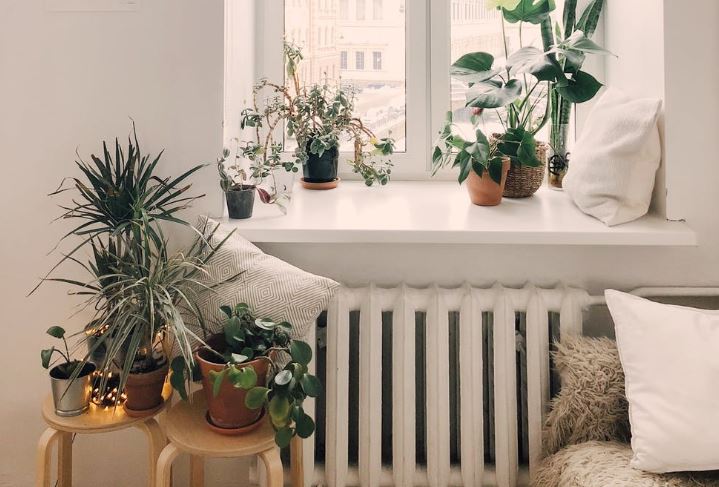Concern about indoor air quality isn’t uncommon but is becoming even more of a priority today. And for good reason! Homeowners, now more than ever, are looking to use top-quality air filters in their HVAC systems. One of the most well-known options is a high-efficiency particulate air (HEPA) filter. These medical-grade air filters are designed to significantly reduce the number of contaminants cycling through indoor air. However, these types of filters may not be ideal for all homes. In fact, they could ruin the entire system and result in the need for more air condition repair in Saratoga, CA. Here is what you need to know:
More Filtration Isn’t Always Better
The minimum efficiency reporting value (MERV) system rates filter efficiency. Ratings go from 1 to 20. Higher ratings mean the filter is more effective at capturing particles and ensuring indoor air quality. However, higher filter ratings are not always better when it comes to the filters used in standard home HVAC systems.
HEPA filters often exceed MERV 16 ratings. They can remove almost 99.97% of particles as small as 0.3 microns. In fact, they can remove up to 95% of particles as tiny as 0.1 microns. This includes nearly all toxic microorganisms including mold spores, bacteria, and viruses. While these filters are appropriate for hospital central air systems with powerful air volume, they do not do well in residential systems. That is a lot of filtration, and with filtration comes restrictions on airflow.
Most standard panel filters for residential HVAC systems only have MERV ratings from 1 to 4 and generally remove particles 3 to 10 microns in size. This is because standard HVAC systems in homes do not produce adequate airflow to overcome the restrictions caused by stronger filters.
Alternatives to HEPA-Rated Air Conditioners and Filters
Using a HEPA-rated air conditioner doesn’t typically work well for smaller, residential spaces. These systems are just too powerful, too big, and generally too expensive. However, an external HEPA filter is one alternative to in-duct HEPA filtration. This is something you can retrofit to your existing HVAC system to filter air once it leaves your furnace or air conditioner and enters the ducts. The toxins are filtered safely without diminishing the efficiency of your system.
Another option is a portable HEPA filtration system. These units are light enough to move from room to room and will help filter air in a space of up to 1,000 square feet. Any effort you make to filter the air in your home will help reduce the particulates entering the filters for your HVAC system.
 Yet another option to improve indoor air quality is an indoor UV air purifier. These come in whole-home or portable devices. They are fairly easy to install or carry with you. Ultraviolet light uses the most powerful band to zap particulates and purify the air in the home.
Yet another option to improve indoor air quality is an indoor UV air purifier. These come in whole-home or portable devices. They are fairly easy to install or carry with you. Ultraviolet light uses the most powerful band to zap particulates and purify the air in the home.
For more information about improving indoor air quality and air conditioning repair in Saratoga, CA, contact Pelle Heating & Air Conditioning.
The post Using HEPA Filters in the Home appeared first on Pelle Heating & Air Conditioning.

